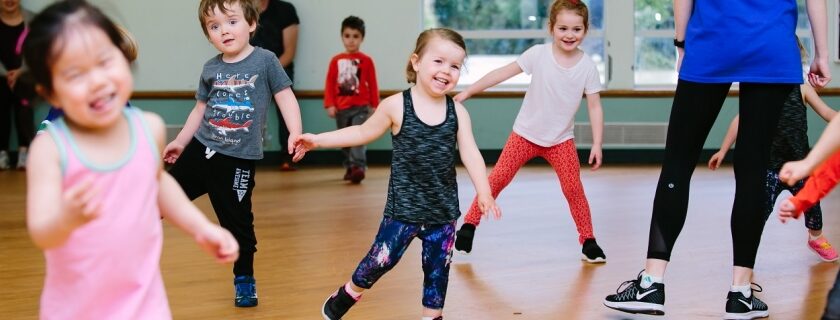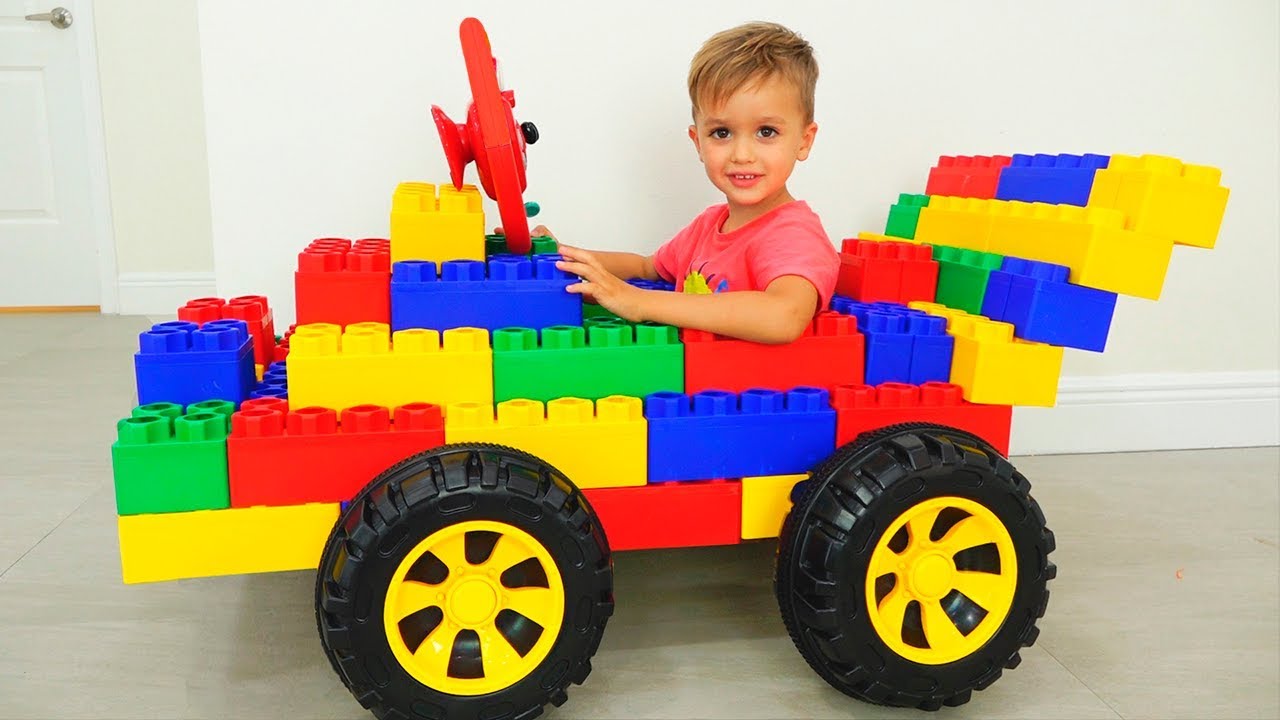Winter weather can be harsh, but it’s incredibly challenging when a little one wants to play outside. As parents, we want our children to stay active and enjoy the outdoors, but we also want to make sure they stay warm and protected from the cold. That’s why we’ve put together this guide on how to keep your little one warm in the playground this winter. From layering techniques to the best winter gear, we’ll cover everything you need to know to keep your child warm and happy while they have fun in the snow. So, let’s bundle up and dive into these helpful tips!
Understanding the importance of keeping children warm during winter
It’s crucial to understand why keeping children warm is so important when it comes to winter weather. The cold temperatures can pose serious risks to their health, including hypothermia and frostbite. Children’s bodies lose heat faster than adults, making them more susceptible to these conditions. Additionally, exposure to extreme cold can weaken their immune systems and increase their chances of getting sick. By keeping our little ones warm, we can protect them from these dangers and ensure they stay healthy and happy during winter.
Essential clothing tips for a cozy winter playground experience
Choosing the proper clothing is essential to keep your little one warm and cozy during winter playtime at the playground. Start with a base layer made of moisture-wicking fabric to keep them dry. Layer on a warm sweater or fleece jacket, and don’t forget to add a waterproof and insulated outer layer to protect against snow and wind. Opt for thermal socks and sturdy winter boots to keep their feet warm and dry.
For extra warmth, consider investing in a pair of kids joggers, which are comfortable and provide added insulation. With these essential clothing tips, your child will be ready to enjoy the playground all winter long!
Must-Have accessories to protect your little one from the cold
When protecting your little one from the cold, having the right accessories can make all the difference. One must-have accessory is a warm hat that covers their ears and helps retain heat. Gloves or mittens are essential to keep their little hands warm and protected. And don’t forget about a cozy scarf or neck warmer to shield their necks and faces from the biting cold. Finally, invest in a good pair of insulated and waterproof mittens to keep their feet warm and dry. With these must-have accessories, your child will be fully equipped to brave the winter weather and enjoy their time at the playground.
Fun outdoor activities that promote heat generation
Looking for some fun ways to keep your little one warm while playing outside this winter? Try engaging in outdoor activities that promote heat generation! Building snow forts or having a snowball fight are not only enjoyable, but they also require physical exertion, which generates body heat. Another great option is going ice skating, which gets your child moving and helps keep them warm.
And don’t forget about sledding! After each exhilarating ride, climbing back up the hill is a great way to keep their blood pumping and body warm. So bundle up and get ready for some fun-filled winter adventures!
Proper hydration and nutrition for cold weather playtimes
Staying hydrated and adequately nourished is just as important in cold weather as in summer. The cold temperatures can increase your child’s fluid loss and appetite. Ensure your little one drinks plenty of water before heading out to play, and encourage them to take regular sips while outside. Additionally, provide them with healthy snacks high in protein and carbohydrates to fuel their energy levels. A thermos filled with warm soup or hot cocoa can also help keep them warm and hydrated.
By prioritizing proper hydration and nutrition, you can ensure your child stays healthy and energized during their cold weather playtimes.
Recognizing hypothermia symptoms and immediate action steps
In the winter months, it’s crucial to be aware of the symptoms of hypothermia in children and know how to take immediate action. Hypothermia occurs when the body loses heat faster than it can produce, which can be a serious condition. Look for symptoms such as shivering, pale or blue skin, clumsiness, confusion, and extreme fatigue. If you notice any of these signs, bring your child indoors immediately and remove any wet clothing.
Wrap them in warm blankets and give them warm fluids to help raise their body temperature. If symptoms persist or worsen, seek medical attention right away. By being vigilant and knowing the signs, you can keep your little one safe and warm during winter playtime.
As winter approaches and the playground becomes a chilly wonderland, it’s important to prioritize keeping your little one warm and protected. Following the tips in this guide ensures that your child stays cozy and safe while having fun in the snow. From layering techniques to essential winter gear, we’ve covered everything you need to know. So, grab a warm cup of cocoa and get ready for a season of memorable winter playtime with your little one!















